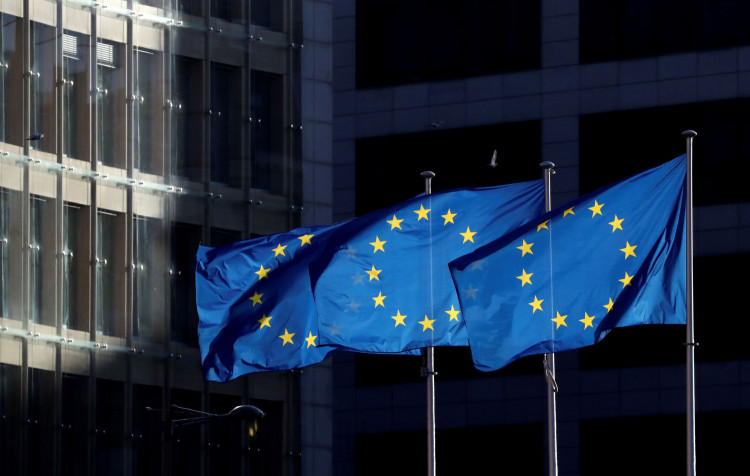The 19 countries that make up the eurozone have reported a return to economic growth for the first time since July.
A flash reading of the IHS Markit composite purchasing manufacturers' index, an indicator of the economic health of countries that use the euro as their currency, moved beyond 50 to 52.5 in March compared with February's 48.8.
It was the highest purchasing manufacturers' index since late 2018 and a clear indicator of a return to growth. IHS Markit said the current expansion is the biggest on record since July 2020 and second-steepest over the past 28 months.
It said the improvement was driven by a record gain in manufacturing output. On the other hand, the services sector remained poor.
Services remain the sector hardest hit by the COVID-19 pandemic. Its purchasing manufacturers' index rose to 48 in March from 45.7 in February. Any purchasing manufacturers' index reading below 50 indicates an economic contraction.
IHS Markit said the improvement, however slight, was caused by spillover effects from strong manufacturing growth. Other reasons for the improvement were the easing of virus containment measures, and optimism this year will see the worst of the pandemic dissipate as vaccinations numbers rise.
"The service sector remains the economy's weak spot, but even here the rate of decline moderated in March as companies benefited from the manufacturing sector's upturn, customers adapted to life during a pandemic and prospects remained relatively upbeat," said Chris Williamson, chief business economist and an executive director at IHS Markit.
A renewed rise in COVID-19 infection rates in Europe and unwanted lockdown measures means the services sector will continue to suffer this year.
"This two-speed nature of the economy will therefore likely persist for some time to come, as manufacturers benefit from a recovery in global demand but consumer-facing service companies remain constrained by social distancing restriction," said Williamson.
The flash eurozone output index rose to 63 from 57.6 in February, the highest since June 1977.
The eurozone consists of Austria, Belgium, Cyprus, Estonia, Finland, France, Germany, Greece, Ireland, Italy, Latvia, Lithuania, Luxembourg, Malta, the Netherlands, Portugal, Slovakia, Slovenia and Spain.






